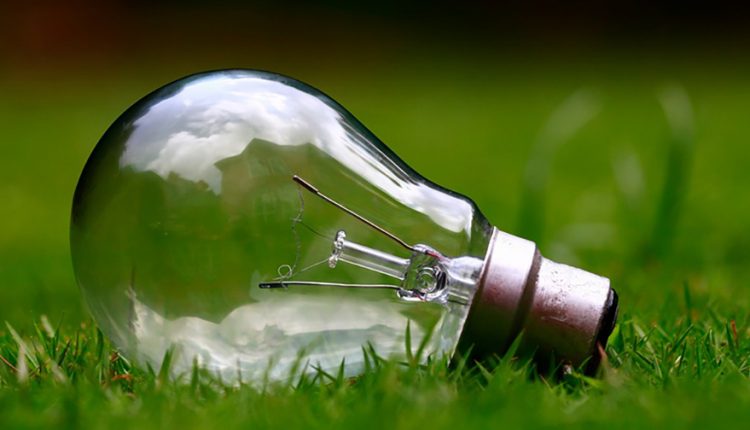The overall renewable power capacity (excluding small hydropower) in Brazil is expected to grow at a compound annual growth rate (CAGR) of six percent from 31 gigawatt (GW) in 2018 to 60.8GW in 2030, according to GlobalData, a leading data and analytics company.
GlobalData’s latest report: ‘Brazil Power Market Outlook to 2030, Update 2019 – Market Trends, Regulations, and Competitive Landscape’ reveals that increased renewable energy auctions, promotion of hybrid renewable energy projects and other government initiatives such as tax incentives, smart metering, renewable energy targets and favorable grid access policies for renewable energy are likely to result in renewable expansion by 2030.
Between 2019 and 2030, solar PV and onshore wind segments are expected to grow at CAGRs of 14% and six percent, respectively. The significant rise in these two technologies will result in renewable energy being the second largest contributor to the country’s energy mix by 2030.
Arkapal Sil, Power Industry Analyst at GlobalData, commented: “The connection of over 25,000 power systems, mostly solar PV systems to the Brazilian grid in mid-2018 under the net metering scheme, further underpins the renewable growth pattern over the forecast period.
“The main challenges for Brazil’s power sector are its overdependence on cheap hydropower for base-load capacity and lack of a robust power grid infrastructure. In 2018, hydropower accounted for 62.7% of the country’s total installed capacity. In case of a drought, depletion of dam reservoirs could result in power shortages and switching over to costly thermal power which will increase the electricity prices.”
In the long term, hydropower capacity is expected to decline and be compensated with increased renewable power capacity. On the other hand, thermal and renewable capacities are slated to increase and contribute 28% and 18%, respectively of the installed capacity in 2030.
Sil concluded: “Brazil is moving towards a balanced energy mix as it prepares to double its non-hydro renewable power capacity by 2030. With an almost 10GW increase in thermal power capacity by 2030 compared to 2018, the country is on course to better manage peak demand, reduce dependence on hydropower and maintain a healthy grid.”

